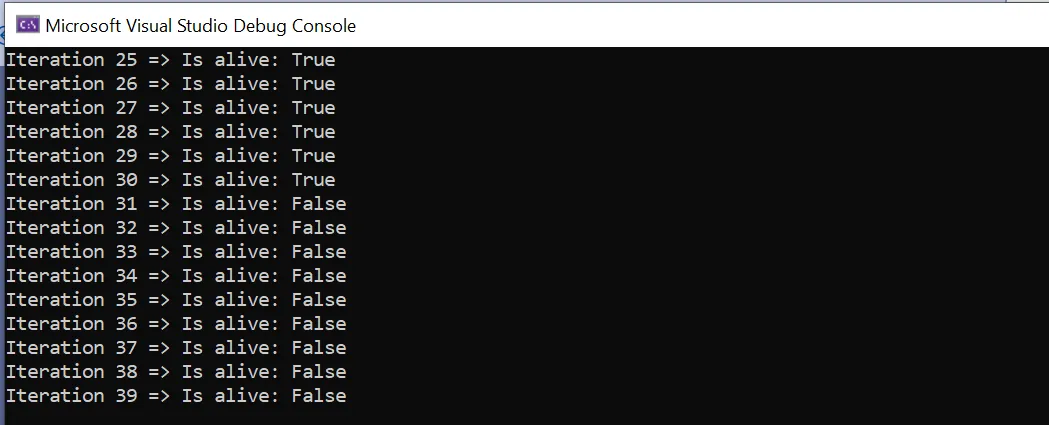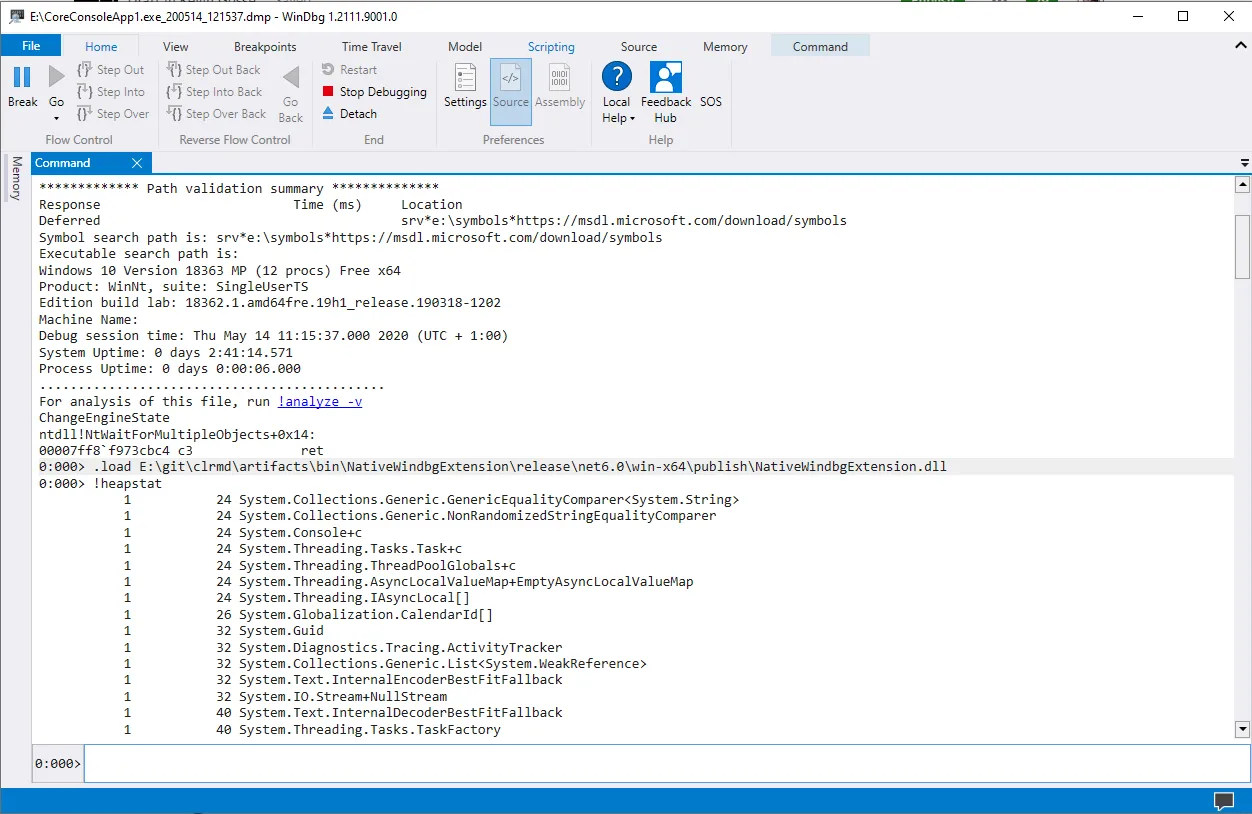This story begins when one of our integrations tests started got stuck on one PR that seemingly impacted unrelated code. This is a nice excuse to cover some concepts I haven’t touched in my previous articles, such as downloading the .NET symbols on Linux.
Continue reading








